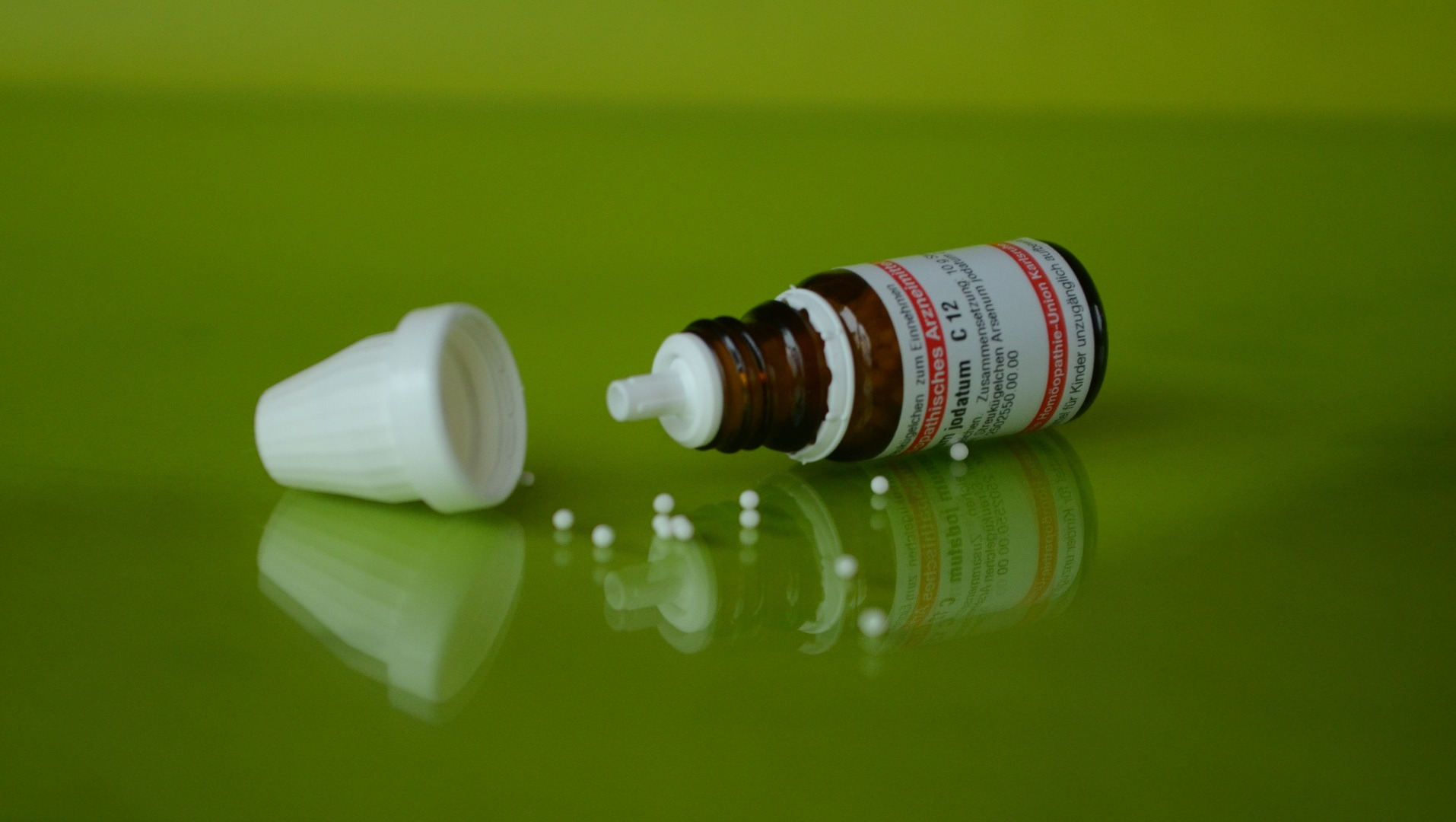Plant Based Homeopathic Remedies
Plants have been used for medicinal purposes for thousands of years. Anthropologists believe that animals evolved a tendency to seek out bitter plant parts in response to illness, and humans mimicked the animals they observed.
The plant kingdom is a major source of homeopathic remedies, which differ significantly from traditional home remedies. While traditional home remedies may use parts or whole plants directly, homeopathic remedies are diluted to the point where no molecules of the original plant remain, making them safe and potent.
Plant-based homeopathic remedies offer a natural and holistic approach to healing. By utilizing the body's natural defenses, these remedies provide safe and effective treatment for various conditions. As homeopathy gains popularity, more people are discovering the benefits of this gentle yet powerful form of medicine.
Homeopathy stimulates the body's ability to self-heal, strengthens the immune system, and helps the body become balanced. Most importantly, this approach means that individuals become less vulnerable to allergies or serious illnesses, enhancing their overall quality of life.
Preparation of Plant-Based Homeopathic Remedies
The preparation process for plant-based remedies is meticulous and involves several steps:
- Initial Dissolution: The raw plant material is placed in a container with a solution typically composed of 90% pure alcohol and 10% distilled water. This ratio may vary based on the specific plant material.
- Maceration: The mixture is left to stand for 2-4 weeks, during which it is occasionally shaken to ensure thorough mixing.
- Filtration: After the maceration period, the mixture is strained using a tincture press, resulting in a liquid known as the "mother tincture."
Potentization Process
The remedy undergoes further processing to achieve the desired potency:
- Trituration (if necessary): If the original substance is not soluble (e.g., seeds), it is ground into a fine powder to become water-soluble. This powder is then diluted and used similarly to naturally soluble substances.
- Initial Dilution: One drop of the mother tincture is added to 99 drops of an alcohol and water solution.
- Succussion: The mixture is shaken vigorously, a process known as succussion. This step, combined with further dilution, is repeated multiple times to enhance the remedy's potency.
Final Preparation
The potentized remedy is then prepared for use:
- Coating Tablets: A few drops of the potentized remedy are added to lactose (milk sugar) tablets until fully coated.
- Storage: The coated tablets are placed in an airtight, dark glass container to prevent exposure to sunlight and maintain their efficacy.
Safety and Efficacy
Homeopathic remedies derived from toxic plants are safe because they are diluted, so no toxic molecules remain. Paradoxically, the higher the dilution level (or potency), the more effective the remedy is believed to be.
Homeopathy stimulates the body's natural defenses (vital force) to combat illness and restore balance, much like an immunization. This holistic approach helps improve specific symptoms and overall health.
Benefits of Plant-Based Homeopathic Remedies
- Natural and Safe: Plant-based homeopathic remedies are natural and considered 100% safe when used as directed. They are gentler on the body compared to synthetic medicines, which often contain harsh chemicals and produce dangerous side effects.
- Holistic Healing: Homeopathy treats the individual as a whole, addressing physical, mental, and emotional conditions. This holistic approach promotes overall well-being.
- Self-Healing: Homeopathy enhances the body's ability to self-heal, strengthening the immune system and promoting balance.
- Reduced Vulnerability: Over time, homeopathic treatment can make individuals less susceptible to allergies and serious illnesses.
Practical Use and Dosage
Plant-based homeopathic remedies are available in various forms, including pellets and liquid dilutions. The appropriate dosage depends on the individual's condition and the severity of symptoms. Consulting a qualified homeopathic practitioner is advisable to ensure safe and effective use.
| Formal Name | Uses |
|---|---|
|
Common Name: Ignatia Formal Name: Ignatia Amara / Strychnos Ignatii Alias: St. Ignatius's Bean |
|
|
Common Name: Lycopodium Formal Name: Lycopodium Clavatum Alias: Wolf's Claw, Club Moss, Lamb's Tail, Fox Tail, Vegetable Sulfur |
|
|
Common Name: Nux. Vomica Formal Name: Strychnos Nux Vomica Alias: Poison Nut, Quaker Buttons, Vomit Weed |
|
|
Common Name: Pulsatilla Formal Name: Pulsatilla Nigricans, Anemone Pratensis Alias: Pasqueflower, Wind Flower, Meadow Anemone, Small Pasque Flower |
|
|
|
|



